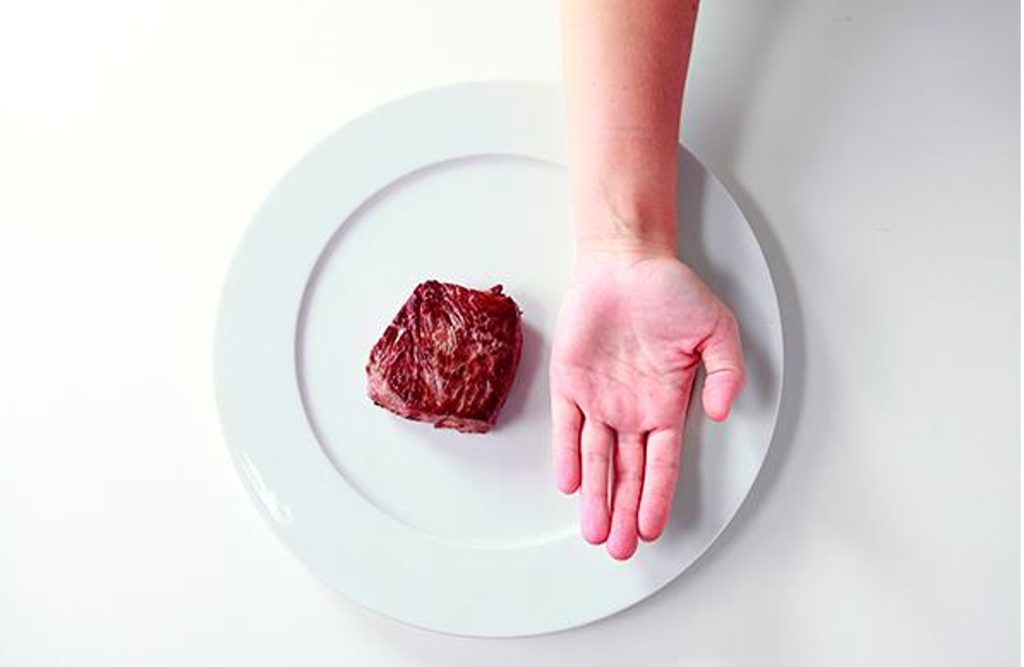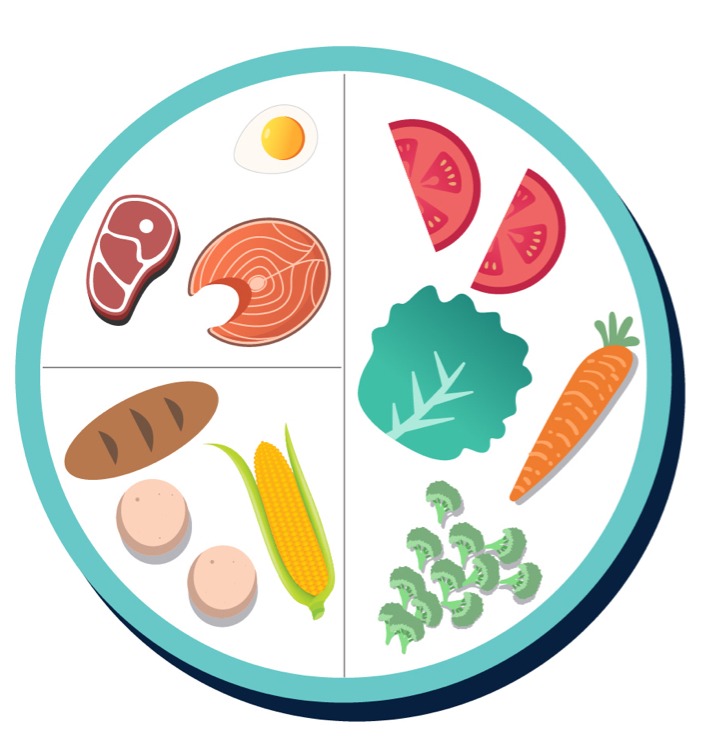Yes, you are reading it correctly: this blog will be in English! A gift, for all you non-dutchies out there… About probably one of the most important components of a healthy, weight loss and / or physical activity focused diet: eating more protein. Get ready for the protein quick start guide!
Protein is one of the three main ‘macronutrients’ – the other two being fat and carbohydrates. Protein is an important component of any balanced diet, as it’s essential for the body to grow and repair itself. You might have heard proteins being referred to as ‘building blocks’, which is a good way to describe them. But, they are also essential if you pursue a physical goal. Not just muscle gain; eating more protein can also help you lose weight and burn fat. How does that work?
Why you need more protein – even if you want to lose weight
So what role do proteins play in a weight / fat loss based diet? Why should you eat more of them, instead of – for example – fats? There are three really good reasons for that:
-Maintaining lean muscle mass
Protein has always been a staple in the diet of strength athletes and bodybuilders, because of the (big) role it plays in building lean muscle mass. But if you want to slim down instead of ‘bulk up’, eating protein (with all its muscle building properties) can still be very beneficial.
The weight that you lose when you are on a diet does not only consist of body fat. It can also include water and – especially if you are ‘crash dieting’ – muscle mass. Losing lean muscle mass is a problem, because these tissues are a component of your metabolism; muscle uses energy. And the more you have of it, the higher your metabolism will be. This also means that if you lose muscle mass, your metabolism can go down.
By increasing protein intake when you are eating less calories, you can maintain more of your lean muscle mass (while still losing weight). And, with that, avoid ‘damage’ to your metabolism!
-Positive effect on satiety
When was the last time you ate too much steak or Greek yogurt? If you can’t remember, don’t worry. It actually makes sense… Because eating protein has an effect on satiety. Protein will make you feel ‘full’ faster, compared to carbohydrates and fats. This means that it’s quite difficult to eat too much protein (something that is a lot easier to do with, for example, carbohydrates, such as rice or pasta). So if a larger part of your daily food intake comes from protein, this can almost automatically lead to eating less.
With that said: If you always feel hungry, it could be a sign that you eat too little protein – and you might benefit from eating more. It can lead to feeling (a lot) less hungry, and might take away the ‘desire’ for more carbohydrates and fats.
-Increased thermic effect of food
The so-called ‘thermic effect of food’ (TEF) refers to the amount of energy it takes for your body to digest, absorb, and metabolize the food you eat. Proteins have a higher thermic effect than fats or simple carbs because your body has to work harder to break them down, thus spending more energy and burning more calories. Let’s say you eat 200 calories worth of protein; your body will then use between 40 and 70 of those calories in digestion.
Normally, TEF accounts for 10 % part of your daily metabolism – or daily calorie expenditure (calories out). So for example, if you expend 2000 calories in a day, around 200 of those will be burned just from eating food. But this number could be even higher, when you eat more protein. Burning calories by eating calories: sounds like a good deal to me?
Okay, eating more protein… Sounds like a plan, but you won’t notice any positive effects if you cannot actually do it, consistently. So how do you do it then?
Getting more proteins
Protein can be found mostly in animal based sources, including:
-lean meat;
-poultry (chicken, turkey);
-fish;
-eggs;
-dairy products, such as (low fat) cottage cheese and (Greek) yogurt.
Some plant based sources are beans, lentils and tempeh. Even though animal based sources always contain more proteins, it’s a good idea to consume a variety of proteins from both animal and vegetarian sources.
There are different guidelines and recommendations for daily protein intakes. One general guideline aimed towards physically active people (with a muscle gain and / or weight loss goal) is 1.6 to 2 grams of protein per kilogram of bodyweight. So if you weigh 70 kilograms, your daily protein intake could be somewhere between 110 and 140 grams.
Now, if you are new to this concept of eating more protein, getting in such an amount can be quite a challenge. It might even be intimidating, because these grams give you horrible visions of measuring cups and kitchen scales… But, don’t worry. You don’t have to go from 40 grams of protein per day to 140 grams overnight. You can slowly build it up or ‘ease into it’ – without ever looking at a kitchen scale. This is how more protein can look like, in ‘real life’:
The hand portion
One serving of protein – which translates to about 15-25 grams of protein, depending on the size of your hand – is the size of your palm. See the picture, courtesy of Precision Nutrition:

Meat, fish, poultry and eggs can all be ‘measured’ using your hand. Exceptions to this are of course dairy products. So, don’t stick your hand in a carton of yogurt… Instead, check the label for the exact amounts. Generally, 200 ml of (low-fat) cottage cheese or Greek yogurt contains about 18-22 grams of protein.
A good starting point is to consume 1-2 servings (palms!) of protein with every main meal (breakfast, lunch, dinner).
The ‘balanced plate’ template
If you want to get an idea of how those extra servings of protein can relate to other food sources (containing carbohydrates and fats), a ‘balanced plate template’ can be useful. The following one is taken from the site of the Australian Heart Research Institute.

Following this template, about ¼ of your meal / plate should consist of proteins. Another ¼ should consist of starchy carbohydrates, like potatoes, rice or beans. One half of the plate should be reserved for vegetables.Some fat can be used for cooking or sprinkled on top as a ‘dressing’. If you like your diet to be balanced while trying to increase your protein intake, following a plate template can be really helpful.
And there you have it: a quick guide to getting more proteins – and with that, improving your health and physique! Would you like to know more about changing your nutrition habits? Or are you looking for personal or small group training? You can get in touch via the contact page!

